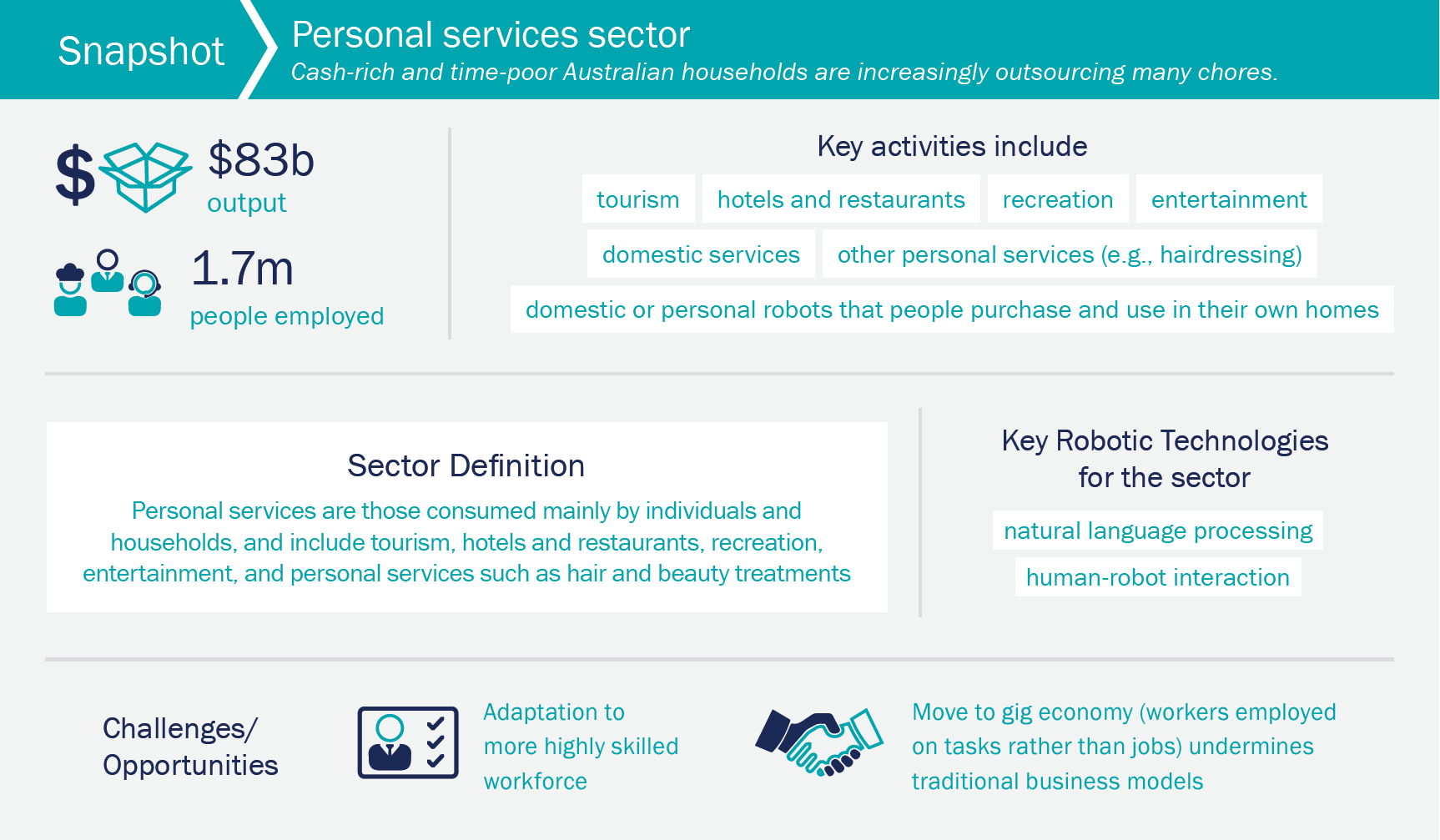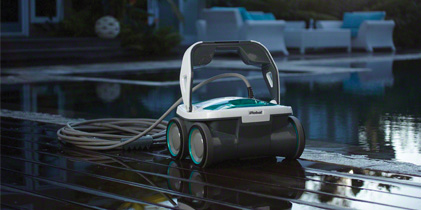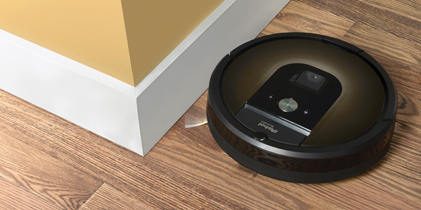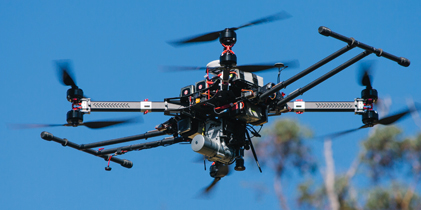
Australia’s personal services
Personal services are those consumed mainly by individuals and households. They include services in tourism, hotels and restaurants, recreation, entertainment, and personal services such as hair and beauty treatments [ASS00]. Also included are domestic or personal robots that people purchase and use in their own homes to provide personal services.
The personal services sector is worth a total of $AU83 billion to the Australian economy (5 per cent of GDP), employs 1.7 million people, and contributes strongly to Australia’s total services exports [ABS18]. The personal services sector is expected to grow, due to increased outsourcing of household services by cash-rich and time-poor households [ASS00]. Households are increasingly applying their own robotic solutions to solve personal chores such as lawn mowing, pool, and floor cleaning. In 2015-2016, personal travel, worth $AU16.5 billion, was Australia’s second largest services export after education, growing 16.9 per cent per year [AIR16]. Tourism set new records, with 7.7 million tourists visiting Australia in the twelve months to March 2016, and values for tourism-related services growing by 11.2 per cent in 2015–16 to $AU43.6 billion [AIR16]. This suggests that Australia has remained an attractive destination for international tourists, likely supported by a lower Australian dollar.
The incidence of part-time work is highest in personal services. In 2000-01, part-time work accounted for almost 40 per cent of the workforce [ASS00]. The workforce is generally low skilled and paid 90 per cent below average services sector wages. Low skilled work tends to be the easiest to automate, so robotics could potentially have a large impact on the workforce, taking away mundane work and leading to upskilling of the sector. Employment in this group grew at more than double the national average rate and contributed to 20 per cent of Australia’s new jobs [ASS00]. Accommodation and food services has the highest proportion of workers aged 15-24 years (43 per cent), almost three times higher than the rest of the Australian workforce [SWA18].


Robotic technologies can be applied in two ways in personal services: firstly...

Service robots in everyday environments or public settings are still a novelty...

The personal services sector is expected to grow due to increased outsourcing...
